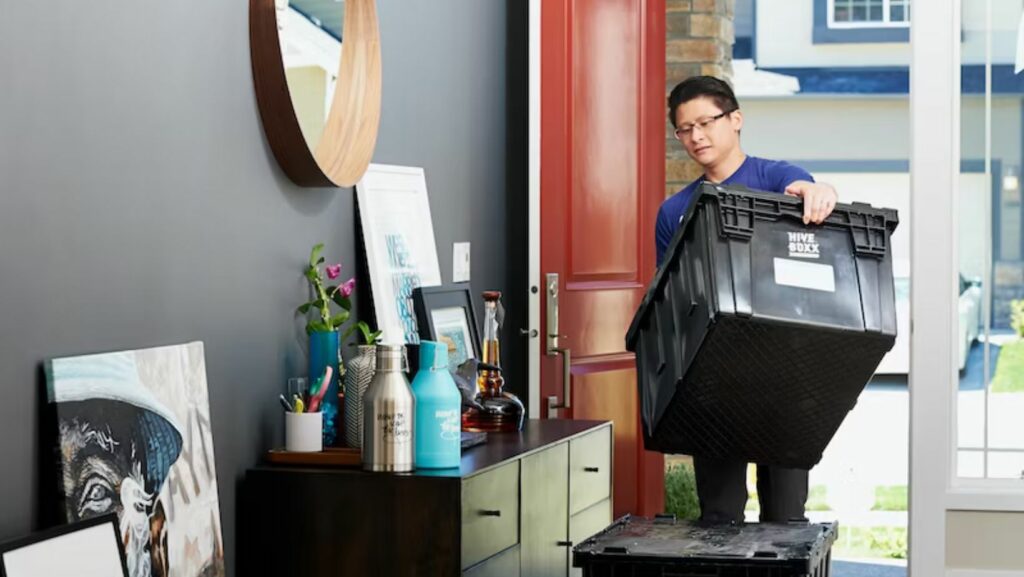Moving to a new place is a huge decision. It requires careful planning and preparation, especially if the move is long-distance. You have to ensure you have everything you need and don’t bring in unnecessary items that will only add to the bulk.
The logistics can be daunting. You have to think about how it can be resource-effective for you. Don’t worry. We’ve got you covered. We’re listing the things you need to consider for your long-distance move.
Contents
Table of Contents
ToggleLong-Distance Moving Tips
Long-distance moving involves intricate planning, but proper organization and adherence to some critical steps can make your move less stressful.
Know Your Destination Place
Understanding your destination is fundamental to the process of moving. Climate, local regulations, housing arrangements, cultural norms, and local facilities must all be considered. Getting an idea of where you’re moving would tell you what items would make sense to bring. For example, if you plan to move to Tennessee, it’s a must to attend their much-raved Memphis concerts. As such, you need to check if you have your concert clothes with you.
You also have to know about the size of your place and its accessibility. Did you get a smaller space? If so, choose the items you must bring with you. Oversized furniture, for example, may not fit and should be sold or donated. Use this time as an opportunity to declutter some of the items that you no longer need. Let the move be a new beginning for you.
Update Your Information
Before you finalize your move, ensure you have no loose ends in your old place. Updating your address with utilities, banking information, subscriptions, and other essential services is a must.

Check if your providers have online portals that allow you to conveniently update your information. This also ensures that the new homeowners of your old place will get their hands on your important emails. This step ensures that you transition to your new place smoothly and without any hassles.
Make a List
Make a detailed inventory of your belongings. This will help you track your possessions and ease the packing process. This list should cover everything from valuable items to daily necessities. It also helps identify things that can be sold or donated.
Separate Items and Label Accordingly
The art of separating items into appropriate categories like “fragile,” “essential,” “donate,” or “discard” and labeling them is invaluable. Some movers may require you to label your boxes so they lessen the risk of damage to fragile or delicate items. Additionally, setting aside a box with essential items for the first few days can make the initial phase of settling more comfortable.
Labeled boxes will also help you ease unpacking. This way, you’ll know which boxes go in what room in your new place.
Contact Moving Company
Some may think a long-distance move may be cheaper if done independently. However, it’s still risky, especially if you have many delicate items. So, it’s still best to work with a moving company. But before you commit to them, do due diligence.

Check out analysis to know more about their services. Ask about insurance coverage and early booking discounts. Make sure you have a contract outlining all details, including potential additional charges, to protect against surprises.
Key Takeaways
Moving to a new place is an opportunity for a fresh new start. Keep these tips in mind, and you’re on your way to a worry-free long-distance move.
- Familiarize yourself with local conditions, rules, and amenities.
- Update your information. Use online portals where available to avoid complications.
- Make a list to get a thorough inventory of your items so you don’t forget anything behind.
- Separate items and label them according to proper categories to facilitate a smooth move.
- Work with a moving company. Research, compare, and contract carefully to save costs and avoid surprises.

